order

Coleoptera
“Adult Beetles”

Coleoptera
“Larval Beetles”

Diptera
“True Flies”

Ephemeroptera
“Mayflies”

Hemiptera
“True Bugs”

Lepidoptera
“Aquatic Caterpillars, Snout Moths”

Megaloptera
“Alderflies, Dobsonflies, and Fishflies”

Odonata
“Dragonflies and Damselflies”

Plecoptera
“Stoneflies”

Trichoptera
“Caddisflies”
family
Corduliidae
genus
Epitheca
“Baskettails”
Genus Overview
Ten species of Epitheca occur in North America. Larvae live on stalks of rooted plants and among plant detritus of small, woodland streams, ponds, lakes, and sometimes (in northern areas) in sphagnum bogs. They are climbers and sprawlers in these habitats, stalking their prey. Some are easily captured from stalks of rooted plants. Others are not easily dislodged from debris by ordinary methods--in order to capture most specimens, debris must be lifted from the water and specimens removed by hand.
Characteristics
POLLUTION TOLERANCE
Southeast: 7
Mid-Atlantic: 4
0 = least tolerant, 10 = most tolerant
FEEDING HABITS
Engulfer / Predator
MOVEMENT
Climber
Sprawler
Sprawler
DISTRIBUTION
Widespread (east of the Rocky Mtns.)
HABITAT
Lentic-littoral
Lotic-depositional
Lotic-depositional
Diagnostic Characters
Order
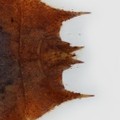
Abdomen with 5 Sharp Stiff Points or 3 Gills
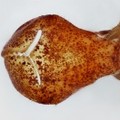
Labial Mask
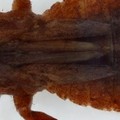
Two Pairs of Wing Pads
Family
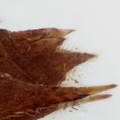
5 Short Appendages on End of Abdomen
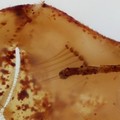
Dorsal Premental Setae
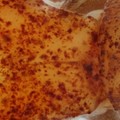
Median Groove
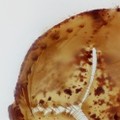
Palpal Setae

Spoon-shaped Mask
+ Expanded Character List
Order:
Nymph with mask-like labium below chewing mouthparts. Wings developing in wing pads. Segmented legs present, each with two claws.
Family:
Suborder Anisoptera (i.e., dragonflies: with stout body shape, head more narrow than thorax and abdomen; end of abdomen with 5 short pointed projections, external gills absent). Labial mask spoon-shaped, usually with hairs inside palm of mask (dorsal premental setae) and along margins of palpal lobes (at end of mask). Ventrally, median groove extending from basal hinge of mask to about 1/3 to 1/2 way to distal margin of mask, often faint. Distal margin of each palpal lobe scalloped, with each crenulation rounded and separated by deep notches, usually ¼ to ½ as high as long, each bearing at least 1 seta. Frontal horn usually absent. Paraprocts (ventrolateral pair of posterior spines) usually less than twice as long as cerci (dorsolateral pair of posterior spines). Mature larvae 13-28 mm long.
Genus:
Distal margin of labial mask scalloped, each notch shallow, so that lobes each less than half-circle. Dorsal midline of abdomen with well-developed dorsal hooks on some segments, best viewed laterally. Lateral spines on abdominal segments 8 and 9, those on segment 9 at least twice as long as those on segment 8, at least as long as middorsal length of segment 9.
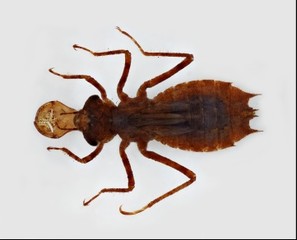
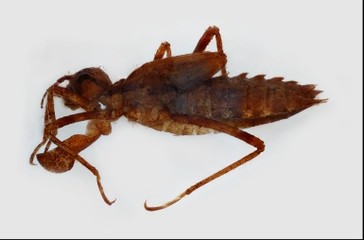
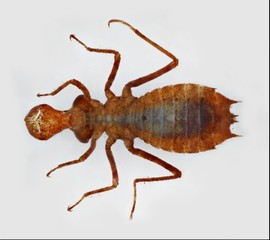
Dorsal
Lateral
Ventral



